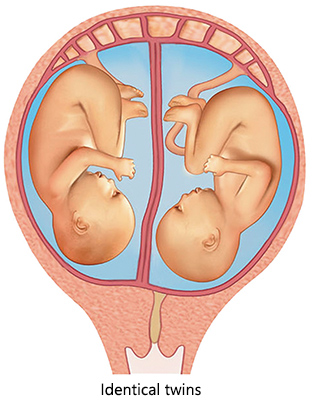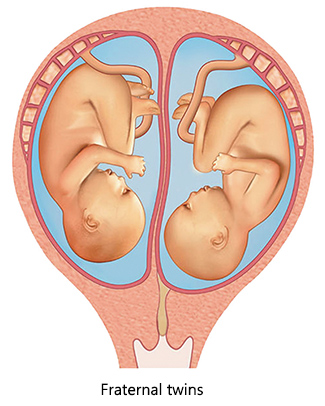High-risk pregnancies
Some pregnancies are considered to be at higher risk than others. Examples include cases involving high blood pressure (hypertension), gestational diabetes, or multiple pregnancies. If your pregnancy is considered high-risk, you will be followed more closely and undergo additional exams. You may also be referred to a clinic that specializes in high-risk pregnancies (GARE) for prenatal care.
High blood pressure (hypertension) during pregnancy
Hypertension is when your blood pressure is higher than normal. Some women develop hypertension during pregnancy. In this case, health professionals generally recommend blood work and a urine sample, as well as treatment to lower blood pressure. They may occasionally recommend hospitalization.
Depending on the stage of pregnancy and the condition of the mother and baby, it may be necessary to induce labour. In such cases, the medical team will determine the best time for the birth.
Gestational diabetes
Gestational diabetes is an increase in the blood sugar (blood glucose) level caused by certain hormones produced by the placenta. Regular blood sugar monitoring is recommended for women with gestational diabetes.
The most common consequence of gestational diabetes is having a bigger baby. This can result in a caesarean birth or make for a more difficult delivery for both mother and baby. The baby may also have low blood sugar (hypoglycaemia) and breathing problems at birth.
To prevent complications from gestational diabetes, it is recommended to eat a balanced diet and stick to a regular meal schedule (see Special needs). Regular exercise such as a daily walk is also recommended (see Physical activities). These recommendations on diet and physical activity apply to all pregnant women, but are especially important for those with gestational diabetes.
An individual or group meeting with a nutritionist is a good way to learn more about the kind of diet that promotes a healthy pregnancy and baby’s development.
It may not always be possible to control blood sugar levels, even with a proper diet and good exercise habits. If this is the case, the prenatal care team will prescribe appropriate treatment.
Additional tests may be necessary to ensure the baby is doing well during the final weeks of pregnancy. Special monitoring may also be carried out during delivery.
For more information, you can call the Diabetes Québec InfoDiabetes helpline.
Diabetes Québec
514-259-3422 / 1-800-361-3504
diabete.qc.ca/en/
Multiple pregnancies (twins, triplets, etc.)
For many women and their partners and families, a multiple pregnancy can come as a shock. They say having a baby changes your life forever, so imagine when you’re expecting more than one! You’ll need to make adjustments to plan for prenatal care, the birth, and the way you organize family life once your newborns arrive.
Types of twins
There are two types of twins: identical twins and fraternal (non-identical) twins. Identical twins come from the same egg and the same sperm. They have the same genetic makeup, are of the same sex, and usually share the same placenta. Fraternal twins come from separate eggs fertilized by different sperm. They develop side by side in the uterus, but have a different genetic makeup and their own placenta, and may not be of the same sex.
Two types of twins


Illustration: Maurice Gervais
For women with multiple pregnancies, the physical changes associated with pregnancy (see Physical changes) happen faster and are more intense. These rapid changes can result in increased fatigue and more discomfort (see Discomforts of pregnancy). If the discomfort bothers you, don’t hesitate to talk to your prenatal care provider.
Women carrying more than one baby also have greater nutritional requirements (see Special needs).
Multiple pregnancies come with a higher risk of complications during pregnancy and delivery. Women with multiple pregnancies will have more frequent checkups, especially at the end of the pregnancy. This is to ensure that each of the babies is developing well.
Preterm labour is the most common risk for a multiple pregnancy and can lead to premature birth. Premature babies require more care than full-term babies (see Care of premature babies).
Even if you are carrying twins, a vaginal birth is often possible.
During the pregnancy, it can be helpful to talk with other parents who have had similar experiences. For example, there are associations for parents of twins in some parts of Québec and resources for future and new parents of twins and triplets, such as Mamans pieuvres.
Mamans pieuvres
mamanspieuvres.com/ (in French only)
Contact your CLSC to learn about services and organizations in your area.
Egg: Reproductive cell produced by the ovary. When an egg and a sperm fuse, an embryo may form.
Sperm: Reproductive cell produced in the testicles. When a sperm and egg fuse, an embryo may form.
Labour: Process by which the baby passes from the uterus to the outside world, primarily through contractions of the uterus.


